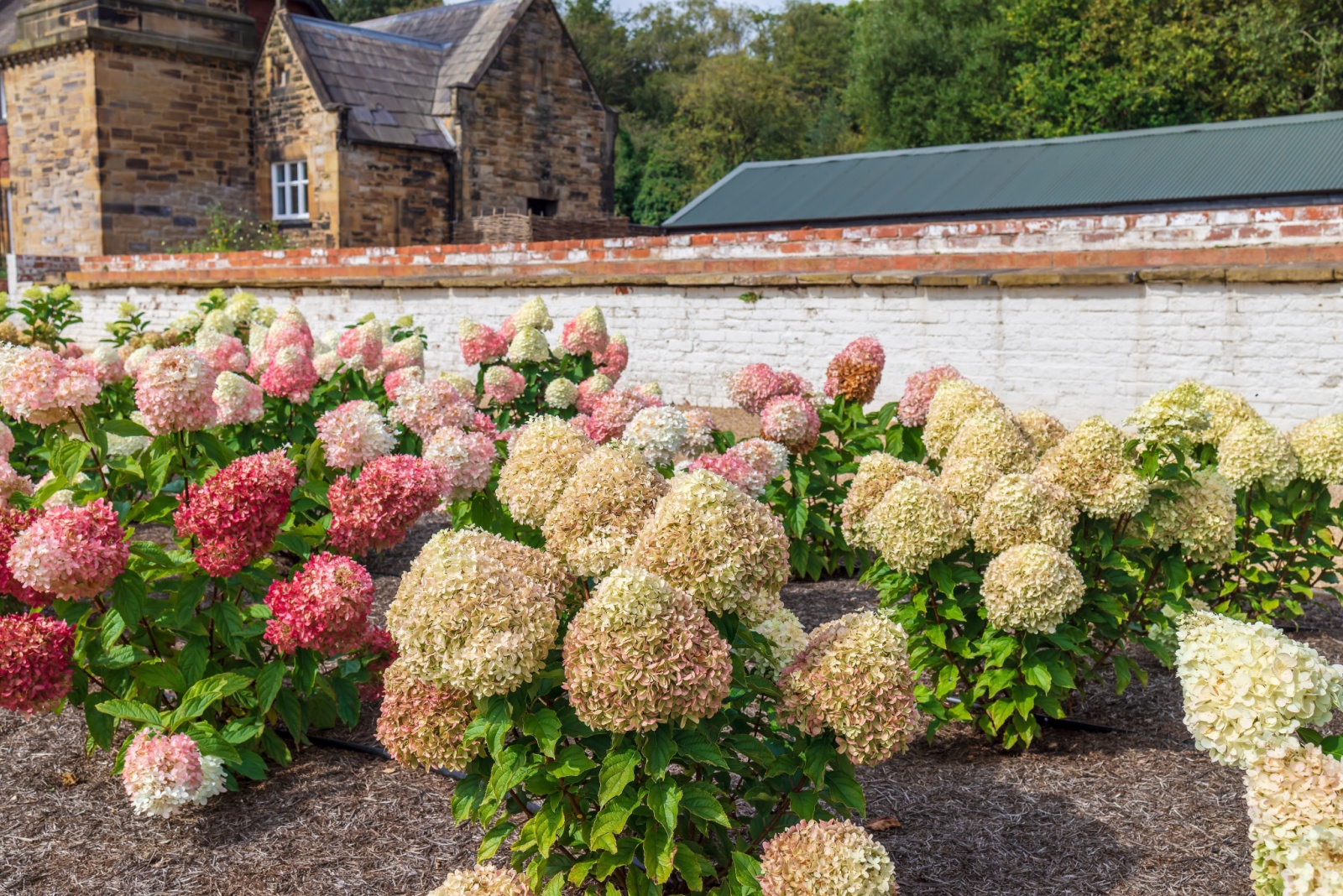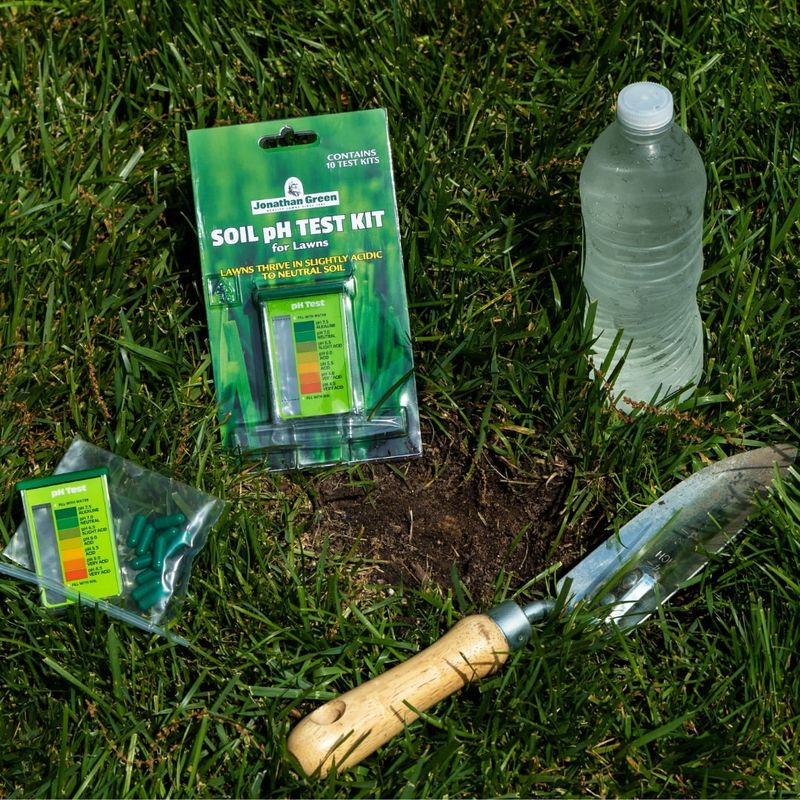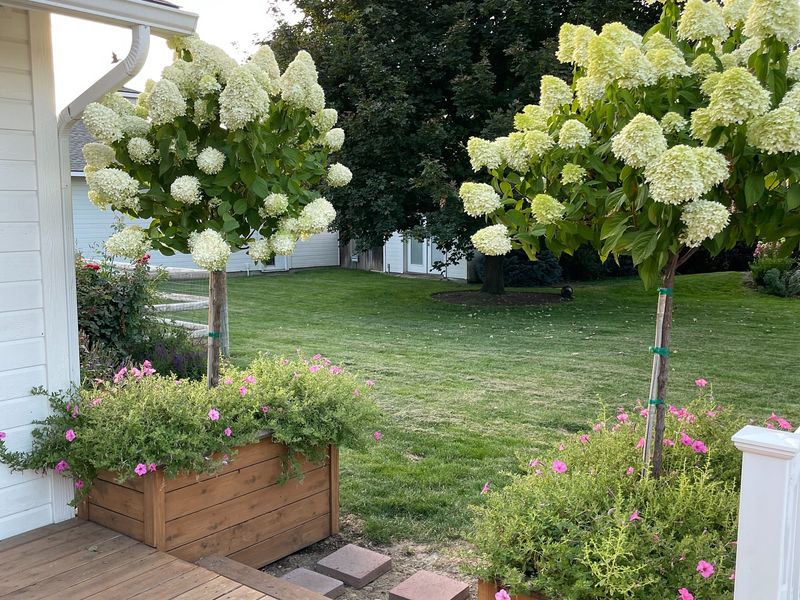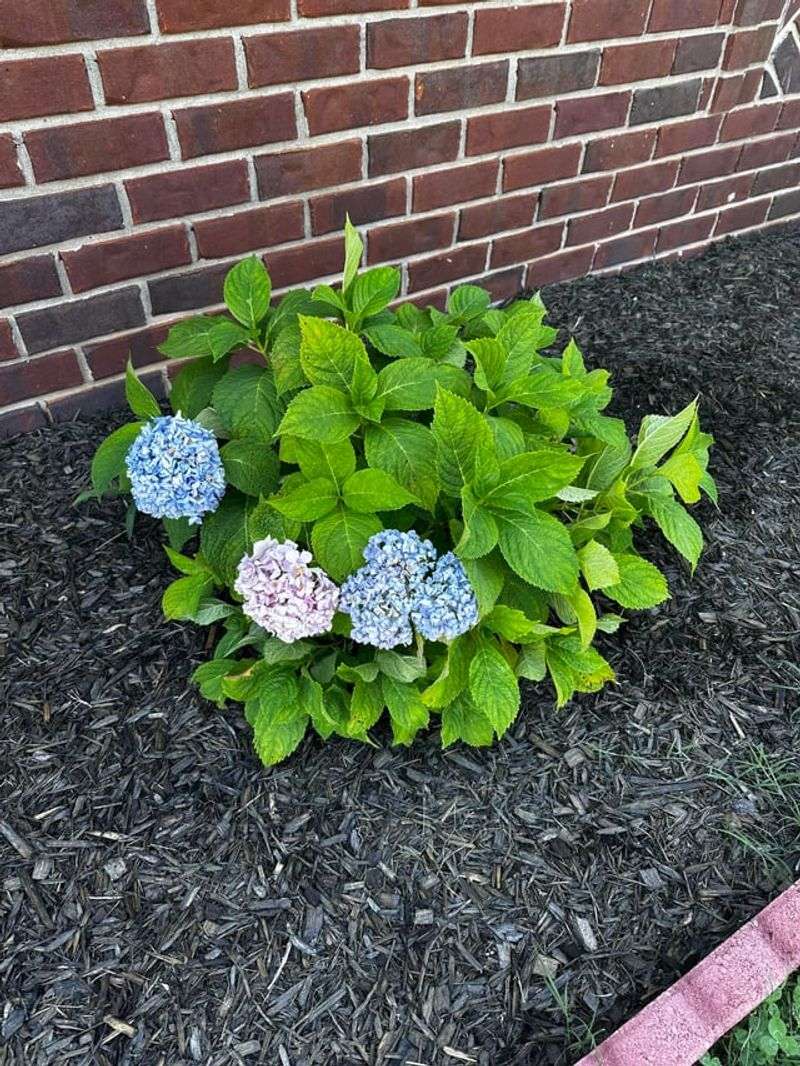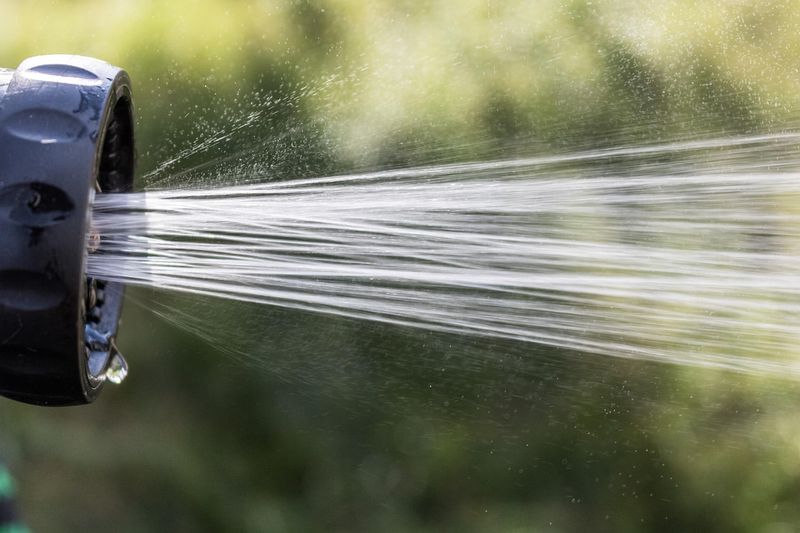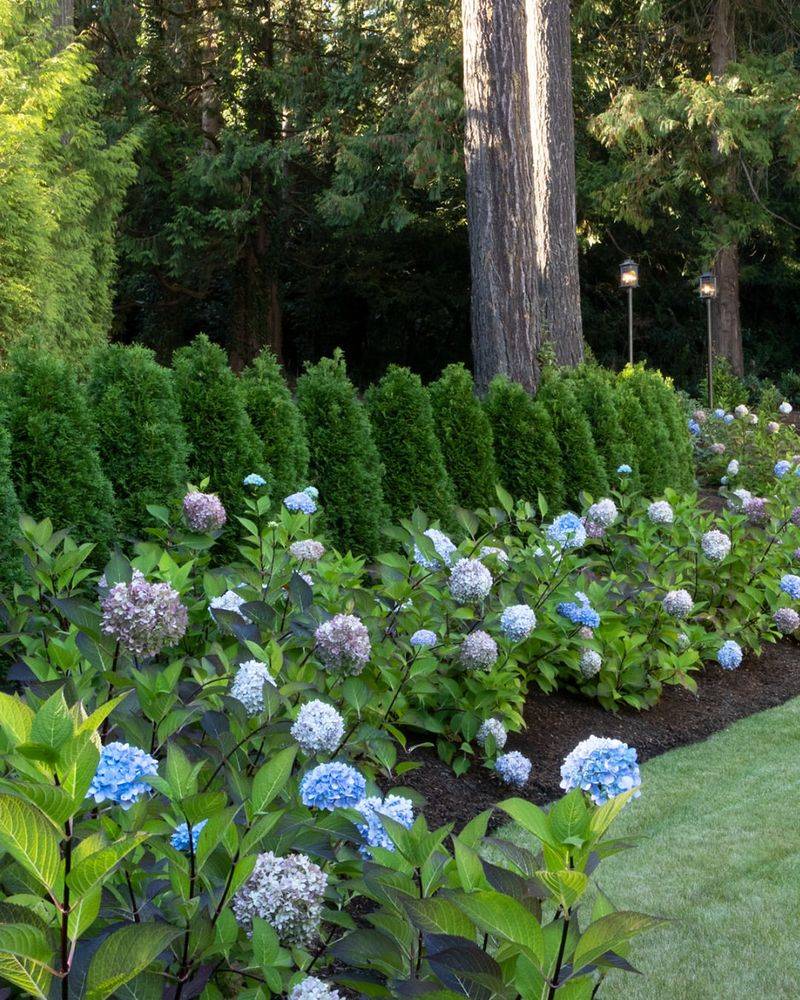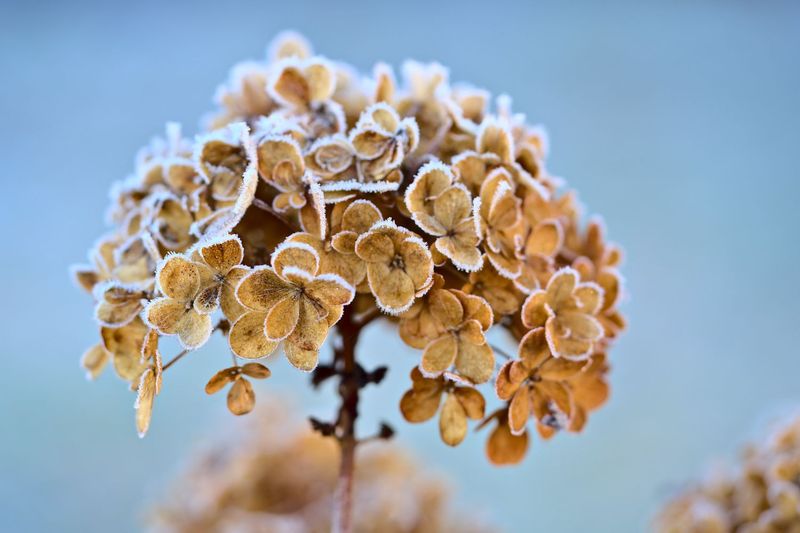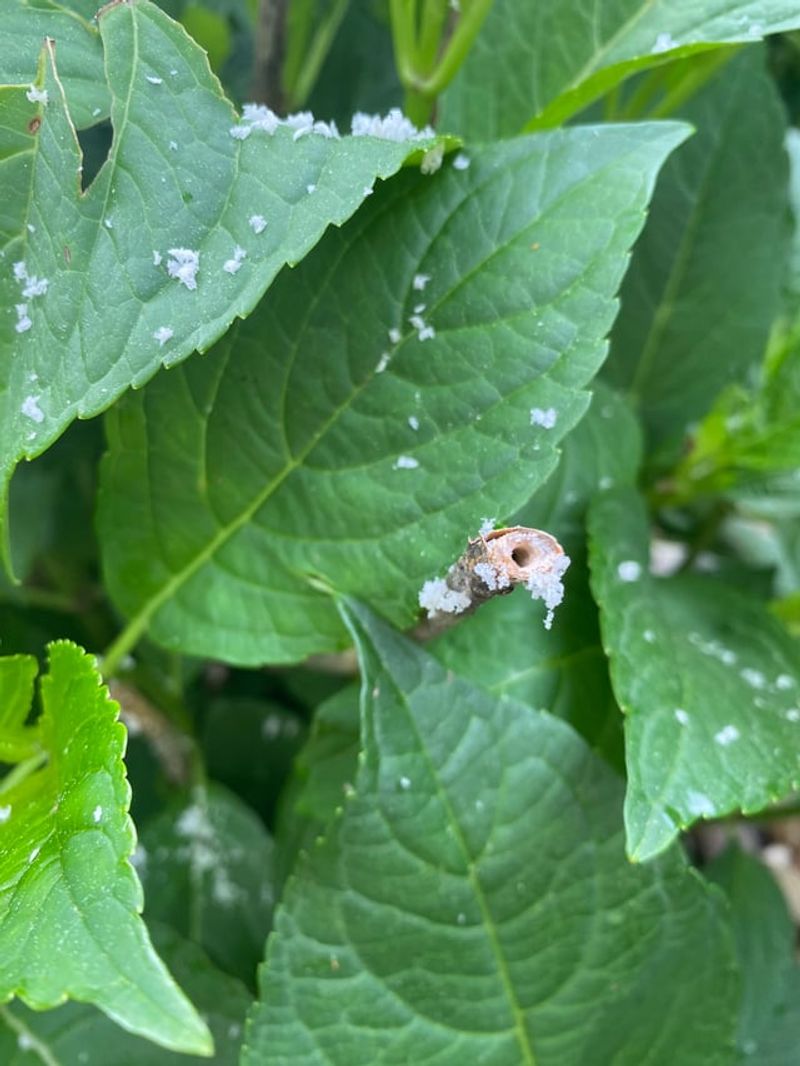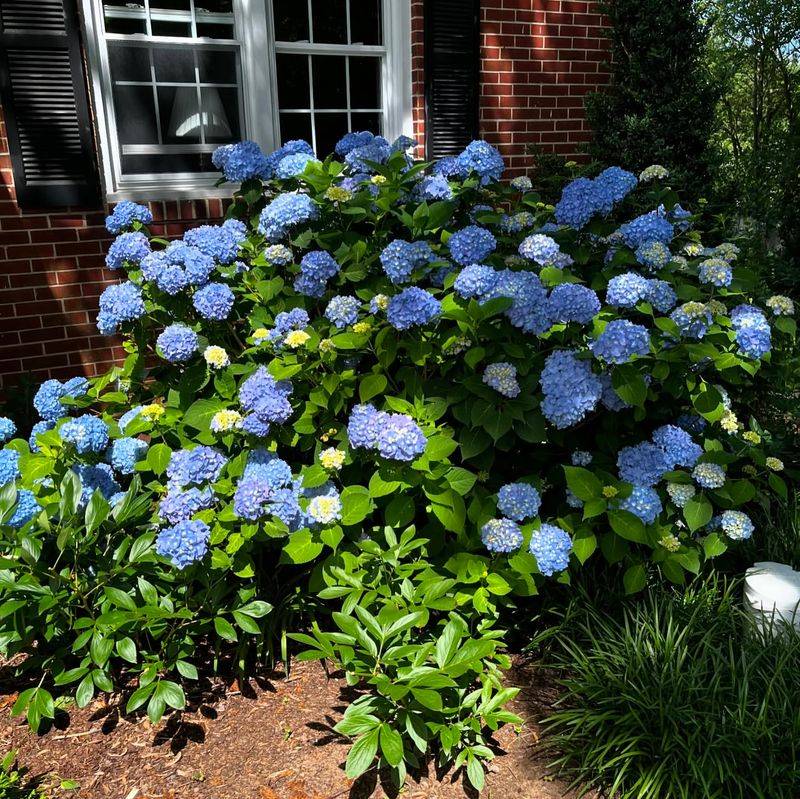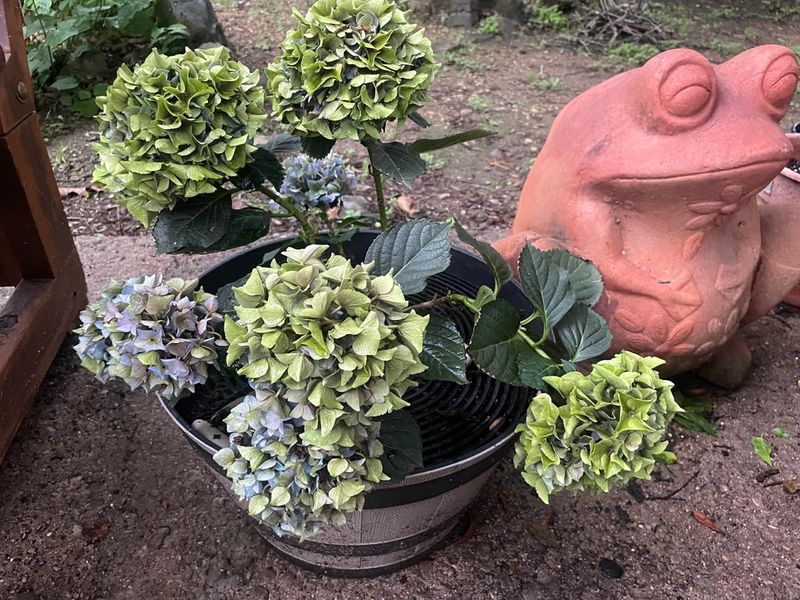Georgia’s beautiful hydrangeas need special attention as fall approaches. These flowering shrubs thrive in our climate but require timely care to produce those stunning blue, pink, or white blooms that brighten up our gardens.
Taking action now will ensure your hydrangeas remain healthy and vibrant throughout the fall season.
1. Check Your Soil pH
Grab a soil testing kit from your local garden center to check the pH levels around your hydrangeas. Georgia’s naturally acidic soil often produces blue blooms, but if you’re craving pink flowers, you’ll need to add lime to raise the pH.
The best time to adjust soil pH is now, before the flowering season kicks into high gear. Small changes now will affect this year’s bloom colors!
2. Prune With Purpose
Got old-growth hydrangeas like bigleaf or oakleaf varieties? Put those pruners down! These types set their buds last year, and cutting them now means no flowers this season.
For Annabelle or PeeGee hydrangeas that bloom on new growth, a light trim is still okay. Remove only dead or damaged branches, making clean cuts just above healthy leaf nodes to encourage robust growth patterns.
3. Apply Mulch Immediately
Fresh mulch is like a cozy blanket for your hydrangeas’ root systems. Spread a 2-3 inch layer around each plant, keeping it a few inches away from the stems to prevent rot.
Pine straw works wonderfully in Georgia gardens and gradually adds acidity to the soil as it breaks down. This natural mulch also helps retain moisture during our hot summer days while suppressing those persistent Georgia weeds.
4. Deep Water Your Plants
Georgia’s fall can bring unexpected weather that stress hydrangeas just as they prepare to bloom. Water deeply twice weekly, delivering about 1 gallon per plant directly to the root zone.
Morning watering works best to reduce evaporation and fungal issues. Set up soaker hoses now to make this task easier through summer. Remember that hydrangeas wilt dramatically in afternoon heat even when adequately watered, so check soil moisture before panicking!
5. Feed With Balanced Fertilizer
Your hungry hydrangeas need nutrients now as they push out new growth. Choose a slow-release, balanced fertilizer (like a 10-10-10) and apply it following package directions for shrubs.
Avoid high-nitrogen options that produce lush leaves but fewer blooms. For established plants in Georgia clay, work a cup of fertilizer into the soil around the drip line. Water thoroughly afterward to prevent fertilizer burn on sensitive roots.
6. Shield From Late Frost
Georgia’s weather can be unpredictable, with late frosts sometimes sneaking in during early spring. Keep frost cloth or old bedsheets handy to cover tender new growth if temperatures dip below 32°F.
Pay special attention to weather forecasts over the next few weeks. Those emerging flower buds are particularly vulnerable to cold damage. Drape covers loosely over plants in the evening and remove them promptly the next morning once temperatures rise.
7. Monitor For Pests
Fall brings out hungry insects looking for tender hydrangea leaves to munch on. Inspect the undersides of leaves for aphids, which appear as tiny green or black dots clustering along stems and leaf veins.
Spider mites and scale insects also love Georgia hydrangeas. A strong spray of water often dislodges minor infestations. For persistent problems, consider insecticidal soap applications now, before pests multiply to damaging levels.
8. Provide Afternoon Shade
Georgia’s intensifying sun can scorch hydrangea leaves, especially if your plants receive full afternoon exposure. Consider installing shade cloth on the western side of particularly vulnerable plants.
Alternatively, place large potted plants strategically to cast afternoon shadows on your hydrangeas. Young plants especially benefit from this protection as they establish. The dappled light under tall pine trees creates ideal growing conditions for these woodland-edge natives.
9. Deadhead Spent Blooms
For reblooming varieties like Endless Summer, removing faded flowers encourages additional blooming cycles. Snip spent blooms just above the first set of healthy leaves using clean, sharp pruners.
Save some dried hydrangea blooms for indoor arrangements by cutting stems when flowers feel papery but before they turn brown. Georgia gardeners can enjoy these preserved blooms year-round! Leave late-season blooms intact as they provide winter interest and protect developing buds.

